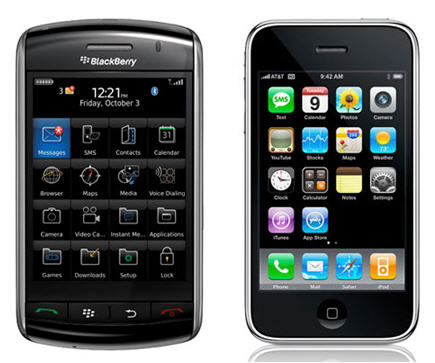Innovation is described by the Online Cambridge Dictionary as “the use of a new idea or method” which can be applied to advertising. Advertising is used to revolving around consumers and what they want out of products and services. Today, marketers and advertisers are thinking more broadly and producing innovative products and ways to advertise to prospects. Chris Anderson on Tedtalks talks about how innovation involves hard work and is based on hundreds of hours of research. But is it? I disagree as new innovative products are not purely based on what consumers want, as stated before it is about the use of a new idea therefore it is a risk that marketers and advertisers are willing to take and what they think will work.
I came across an interesting website which I thought was key to the topic of innovation in advertising:
Link to website: Revolution Awards 2011
“For 14 years, Revolution magazine has presented the digital marketing world in common sense marketing terms, encouraging exploration, discovery and motivation by marketing teams” (Marketing revolution Awards 2011)
As I scrolled down their website page I located awards which had been given to companies for their innovative advances namely 1) AKQA’s Fiat: Drive Fleet and 2) SapienNitro’s Share Happy Work with Wall’s ice-cream.
The revolution Award for Innovation: AKQA Fiat eco: Drive Fleet
“From car to PC in a USB” youtube: Fiat EcoDrive
I found this advertisement exciting as it shows how Fiat have become innovative by linking information of the cars CO² emissions with online communications. This is done by using a USB stick which transfers each consumer’s driving information in order for them to have the ability to track their journey; how much damage it does to the environment and gives advice on how they can improve their driving to be environmentally friendly. This is a great advancement in the use of technology as it is personal and innovative. It brings a positive outlook on Fiat cars in being socially responsible.
However. will people find the time to do this? It depends on whether consumers are environmentally conscious and if they care about the size of their carbon footprint. Even though this is an innovative and creative idea which seeks to help the environment, the main question should revolve around whether or not people will get involved in this and actively participate. Maybe there needs to be more of an incentive to do so other than helping the environment such as deals online or getting petrol vouchers for achieving goals with your car or something along those lines...
What do you think?
Another revolution award for innovation: SapienNitro *Unilever “Share Happy” Smile activated vending machine
http://www.youtube.com/watch?v=5Kbl8CA6wlg Youtube: SapienNitro Share Happy Work with Wall’s ice-cream
An ice-cream van for the digital age
This vending machine is able to detect demographics such as your age and gender but more excitingly your smile! People just had to touch the interactive screen to begin the fun! Anyone who had a big enough smile looking at the vending machine got their picture taken and received a free ice-cream! Sounds good to me! This is a great example of innovation and highlights a huge advancement in interactivity in an innovative and fun way. It is described as “an ice-cream van for the digital age” this is due to the fact that it has 3G technology built in which enables consumers to upload and share their picture on Facebook and share their experience. This use of social networking sites helps create buzz and emphasizes the feel-good and sharing aspects involved with consuming Wall’s ice-cream.
Have an opinion? please leave a comment :)












